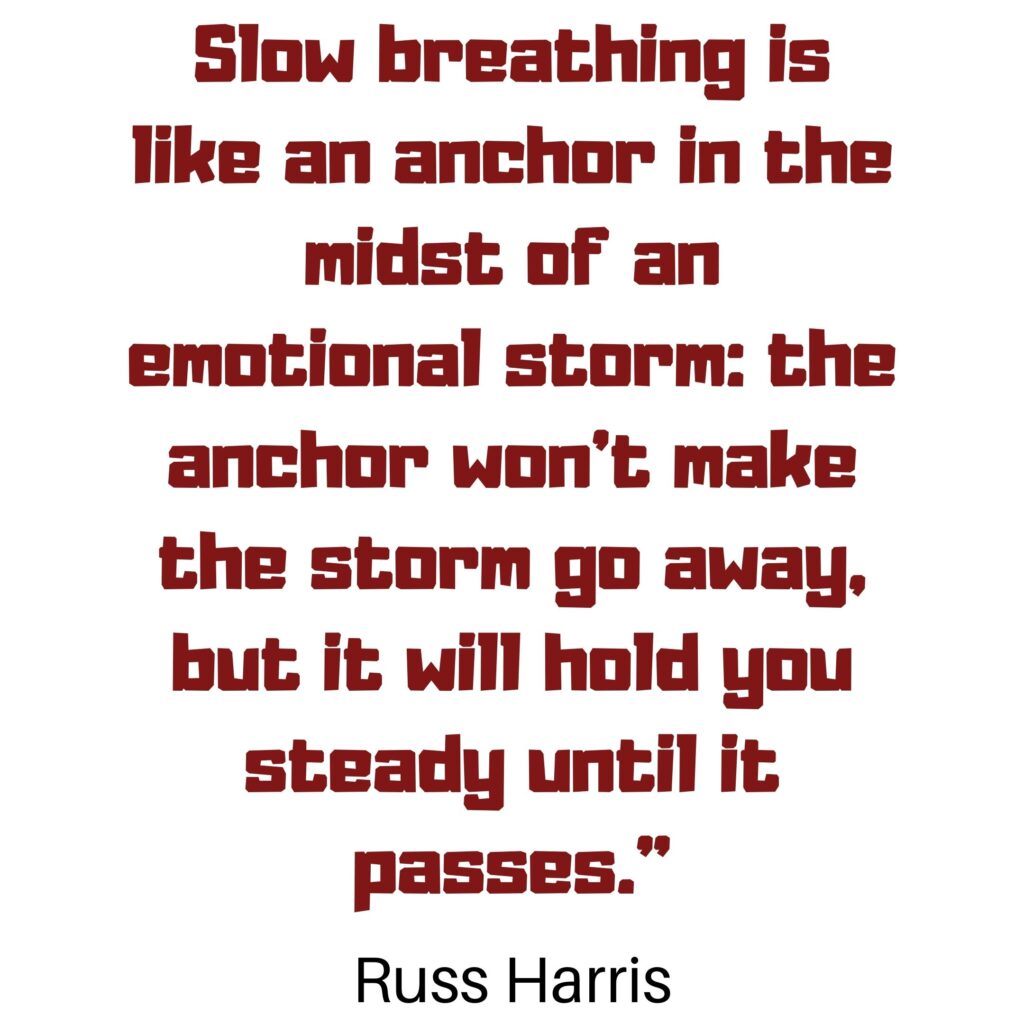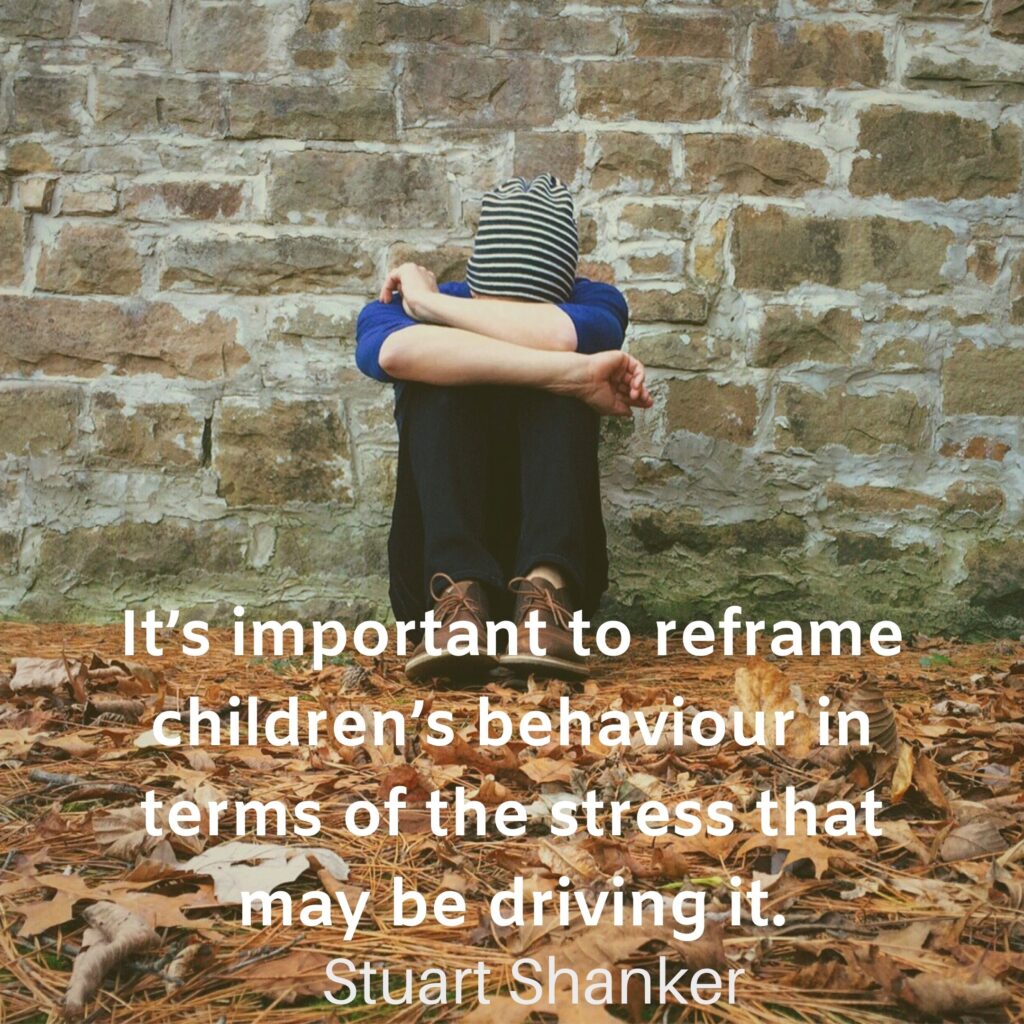Making Wellbeing Work
August 12, 2020We have certainly heard a lot about the need to prioritise wellbeing over recent weeks – a sentiment I whole heartedly agree with, but we all know there is a danger of using the words without any significant change in actions.
As a society we haven’t always had a very holistic view of wellbeing – in fact we’ve often seen physical wellbeing as somehow separate from emotional or mental wellbeing, sadly often treating physical symptoms but doing little to address emotional causes. But we are whole human beings our emotions have an impact on our bodies and minds. And when it comes to stress, particularly toxic stress (overwhelming often without any buffering often occurring when children suffer from adversity) the impact on physical health may be lifelong, though healing of the trauma is always possible.
What I want to explore in this post is how we can make wellbeing ‘work’ within educational settings so it is something which is ‘felt’ within the culture. In my role as a trainer and consultant I have visited a large number of schools and settings across the country. I will often make it my business to read mission statements or values but I would suggest that 10 minutes in the reception area will give me a pretty good idea of the ‘values’ as they translate into practice. If we want to embed a particular value it needs to be owned by all so I’ve broken down what I see as the key responsibilities for different groups within settings if we aspire to creating cultures that support, value and nurture wellbeing for all.

Headteachers and leaders (including governors)
In many ways this is where it starts with a conscious decision that wellbeing will be a priority. This needs then to be communicated in as many ways as possible. In printed or electronic communication, in ‘messages’ around the school, in the way things that impact wellbeing are managed. Key messages may include
- You are of value, we are glad you are part of our community
- If you need help please tell someone
- Asking for help is not a weakness
- Taking care of your own wellbeing is important for student welfare
- As an SLT our job is to support you – let us know how we can best do that
Prior to the recent coronavirus pandemic, November 19, Schools Week reported that a third of education professionals experienced a mental health issue, with 78% experiencing behavioural, psychological or physical symptoms, workload and not feeling valued were listed as the biggest work stresses
Retaining good staff makes financial sense – so finding ways to make them feel valued and reduce workload would seem sensible as well as compassionate.
As a leadership team it is hypocritical to say wellbeing is important while sending emails at 10pm on a Sunday (yes you may choose to work then but you shouldn’t expect it of others) or provide work deadlines that mean staff with other responsibilities for example those who care for others, couldn’t complete without working late into the evening.
I think as we approach a new and possibly quite different academic year it would be a good time to review the ‘systems’ in place for record keeping etc and see if any streamlining can be done – to make room for other practices that promote wellbeing and to ensure that all policies reflect the value that wellbeing is a priority. Ask the question of staff what is stressful for you in our community?
To support wellbeing, you have to have some way of taking the emotional temperature of staff and students – a way of finding out how folk are – who needs a bit more support, who may be showing the first signs of struggle. As humans we are made for connection and my own view would be that a 5 min face to face (or virtual) check in can yield far more useful information than a survey, there is a time and place for those too, but I would suggest in September we need communication through connection.
Create a check in ‘tree’ where each SLT member checks in with say 5 people once or twice a week for 5 mins and each of those folk check in with 5 more etc. Resist the temptation to let the record of the check in take longer than the check in!
Give clear guidance about what steps should be taken if there are any concerns. I have worked in a number of settings where people have unfortunately gone off sick with stress, sometimes for quite long periods and almost always someone, often more than one, will say that they knew they were struggling but hadn’t told anyone or didn’t know how to help.
The culture needs to demonstrate actively that needing support is not a cause for blame – asking for help is not a sign of weakness but rather practical support and help will be offered in collaboration with the individual – what is stress relieving for one person can be stress inducing for another. Maybe a regular confidential debrief with a ‘buddy’, maybe a social meet up, maybe a counselling, mindfulness, yoga, creative session. As SLT design a range of wellbeing support tools that staff can avail themselves of – and don’t forget each other on SLT – you are human too!
Ask staff what causes stress and aim to reduce this. I’d venture to suggest September probably isn’t a great time for lesson observations – unless they really are perceived as supportive tools within your culture of care!

Teaching Staff
When it comes to prioritising wellbeing there is an element of personal responsibility. You not only have to agree theoretically that taking care of yourself is important you have to take action, put it into practice. That is usually the part that is trickiest. We often start out with great plans then the busyness kicks in. The things that we might do to help us manage stress usually start flying out of the window when we get stressed – and therefore need them the most. At the beginning of the term make a plan for your own wellbeing, remind yourself of it – perhaps build in some accountability with a colleague. Now the wellbeing plan shouldn’t become another source of stress, missing one exercise session is no big deal but if they start to drop away altogether it will have a negative impact.
Look out for others, colleagues and students, get used to asking questions, noticing what they are telling you in words, behaviour, body language, or levels of engagement. Be aware that anger, aggression, tears, and many more ‘behaviours’ can all be signs of anxiety and stress. Practice ‘regulation’ yourself so you can stay calm amid pressure, its good for you but it also means you can help others co-regulate by remaining calm and that can often stop situations escalating and becoming more stressful.
Approach wellbeing like you would a lesson – anticipating those who you know will need support or adjustments but also being aware some you thought would manage fine, might need a bit of help.
Whatever you DO is likely to be better than doing nothing. Knowing someone notices that we aren’t okay, is in itself supportive, especially when the fear induced by a blame or performance management approach has been replaced with a culture of care, transparency and kindness.
Keep a particular eye out for non-teaching staff – often faced with some of the most needy, challenging students on a frequent basis, sometimes receiving less training than others. Make sure they are supported to prioritise their own wellbeing.
Non-teaching staff
Be aware that if you work regularly with students that have experienced trauma, adversity and attachment issues this will put an emotional strain on you. Ask for help when you need it. Make sure that you know who to go to when you need support. Practice self-regulation so you can support students to regulate and if you haven’t had training on trauma – ask that you be given some.
Talk openly with students about wellbeing, great opportunities at the moment with the emphasis of physical safety measures – talk about emotional temperature taking and stress reduction techniques, ways to manage anxiety – tell them what helps you. This video might help secondary aged students.
Often as support staff you are well placed to notice how other staff and students might be doing – act on what you notice.
Students
Teach students explicitly about wellbeing – I’d argue it is the most important curriculum area of all at the moment. Talk about stress, regulation, signs of anxiety and how to manage it. Create dialogues in lessons and in communication throughout the school. Maybe have some student wellbeing ambassadors – but encourage students to take responsibility for own wellbeing and to watch out for others. For students who you know are vulnerable teach them what happens in their brain and body when they feel under pressure or threatened.
Students should all know how to ask for help themselves and what to do if they think someone else needs help. Create ways that students can tell you what helps them feel safe and what causes stress. Collaborate with students around devising wellbeing strategies within the school.

Parents
Many parents will be anxious and stressed. This will be passed on to their children (remember emotions are contagious). Recognise that the parent who may come over as aggressive or defensive may actually be worried and feel threatened. In every communication with home refer to wellbeing be explicit about the central place wellbeing has within the value base of school. Some parents are incredibly isolated – work at ways of ensuring they feel part of the school community – supporting the parent will support the student.
September feels uncertain for many of us. We may be planning for what we think might happen but we also know it could be subject to change. Which means many adults will be experiencing anxiety and stress. Many may also have been ill, had relatives that are ill, found isolation difficult, experienced financial hardship, job insecurity and a whole raft of other challenges. If there ever was a time for wellbeing to be at the heart of what we do, I’d say now is that time.
Click here for the summary PDF

